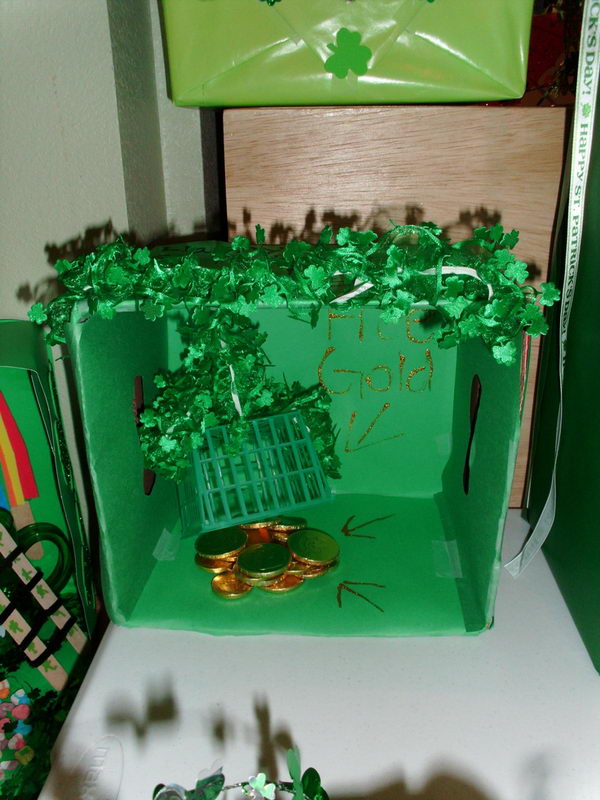

- #Save project on atlasti code
- #Save project on atlasti free
- #Save project on atlasti windows

#Save project on atlasti free
The node name is based on the file name, and the file is coded at the node created for it.Ī new NVivo project is created-ATLAS.ti PDs are converted to NVivo files, free codes are converted to nodes, and quotations are converted to node references.

#Save project on atlasti code
(Optional) Select the Code files at nodes check box, to create a node for each primary document (PD) that is converted to an NVivo file. To save as an NVivo for Teams project, select NVivo Server Projects from the Save as type list, then select the server from the Connection name box, and then enter a name for the converted project in the Project name box. To save as a standalone project, select NVivo Projects (*.nvp ) from the Save as type list, and then enter a name for the converted project in the File name box. Click Browse, and then choose where you want to save the converted project. Locate and select the project you want to open. Select ATLAS.ti XML Export (*xml) from the File or Project type list. Click the File tab, and then click Open. IMPORTANT Use the same computer (and user account) to export the XML file, and then to open and convert it in NVivo-so that NVivo can locate PDs that are stored in the file system. Once the ATLAS.ti project has been exported, it can be opened (and converted) in NVivo. Open (and convert) an ATLAS.ti XML file in NVivo The exported XML file can be opened in NVivo. Export the Hermeneutic Unit (HU) as an XML file (*.xml), including its Primary Documents (PDs) and Quotations (meta info only). This will ensure that the quotations for videos are converted correctly in NVivo. 
mpeg videos, check whether the HU was created in ATLAS.ti 5.2 and then opened in a later version-if so, you should open and play a segment of each video.
If the Hermeneutic Unit (HU) contains. Any PDs in unsupported formats will be converted to 'externals' in NVivo. Check that PDs use supported file formats. NOTE For ATLAS.ti 7, if the Primary Documents are stored in 'My Library' or 'Team Library', you do not need to do the above step. Change any relative file-paths (HUPATH or TBPATH) PDs with relative paths, will be converted to NVivo 'externals', coding will be discarded and the file path will be recorded in the external properties. Check that Primary Documents (PDs) use 'absolute' file paths- for example, 'C:\Documents and Settings\username\My Documents\PrimaryDocument1.doc'. REFI-QDA Standard for project exchange Prepare an ATLAS.ti projectīefore you export your ATLAS.ti project, you need to do the following: You will get best results, if you prepare the ATLAS.ti project for conversion before you export it to XML. The isotropic flux limit is more than an order of magnitude lower than previously published upper limits for lunar searches, and is incompatible with predicted fluxes from Z-burst models of neutrino projects (versions 5.2, 5.5, 6.0, 6.1, 6.2 and 7.0) can be exported to XML and then opened (and converted) in NVivo. This implies upper limits to the differential neutrino flux of E2dN/dE < 0.0002 EeV/km2/s/sr and < 0.00006 EeV/km2/s at 90% confidence level for isotropic and sampled point sources respectively, in the neutrino energy range 1020.5 < E(eV) < 1023.0. We detected no coincident pulses during 250 observing hours. #Save project on atlasti windows
For each sub-array, the data were searched for 4-antenna coincidences using differential delay windows corresponding to sources of lunar origin. threshold time-stamped and recorded for post-processing. Each antenna's down-converted waveform was sampled every 10 nsec, with all pulses exceeding a 4-sigma. The RESUN search used three 4-antenna sub-arrays of the Expanded Very Large Array at an observing frequency of 1.4 GHz to search for short duration Cerenkov emission from the lunar limb. We present new flux limits for E > 1018eV neutrinos derived from radio searches using a lunar target.








 0 kommentar(er)
0 kommentar(er)
